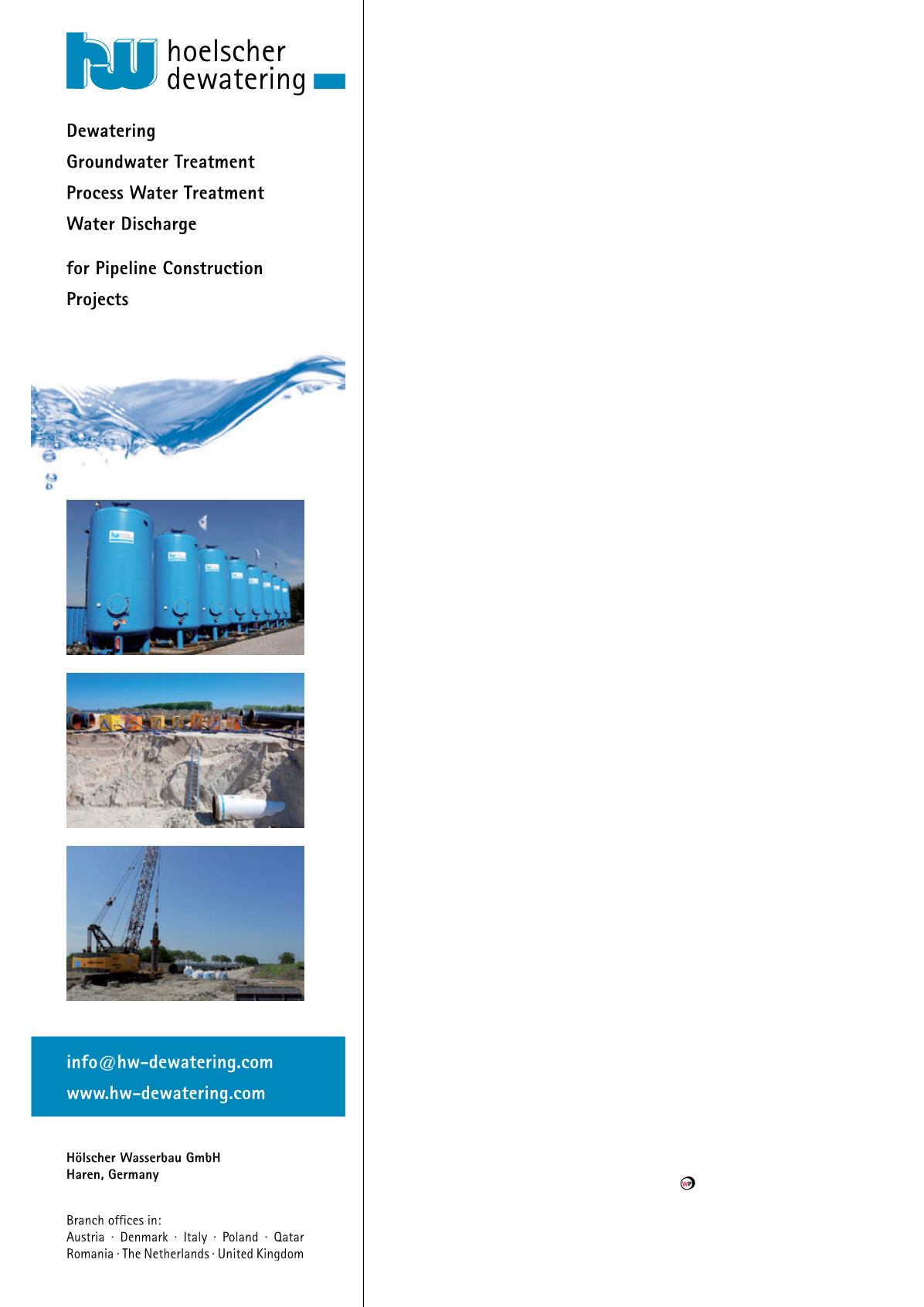
if there are, the inhibitor should meet the environmental standards of safe
disposal. It is important that the biocide should be non-oxidising in nature and
totally chlorine free.
How to introduce a corrosion inhibitor
The easiest and most effective way to use a corrosion inhibitor is to prepare
a solution of the inhibitor (the dosage is usually in ppm) in a separate vessel
and then dose the solution directly in the tank, which is already filled with
water. This method is only applicable for very large tanks when it is absolutely
necessary to have a buffer tank for dosage. The corrosion inhibitor will mix in
the water completely and immediately. It will form a protective film on the
metal surface and will protect it from corrosion for the entire duration of the
tank’s service life.
For a cheaper corrosion inhibitor with less active ingredients, a regular dose
is required to compensate the faster decay rate of the inhibitor’s constituents.
For pipelines with smaller distances, it is usually done by horizontal drilling
and the pipelines are installed in parts. There is a pit every 20 - 30 m to allow
easy access to the pipes in case something needs to be examined, repaired or
replaced. The pipelines are filled with water through an inlet and the flow is
continued till it overflows from the outlet. The corrosion inhibitor is then dosed
or it is dosed in the water itself before filling the pipelines. The outlet is then
closed and the pressure gauge (rated at 50 - 70% of maximum test pressure) is
monitored for unusual decreases, which would indicate leakages. The temporary
filled manifold and dewatering manifold should be rated for at least 1.5 times the
maximum test pressure. Also, the inhibitor inside will form a film on the inner
surface and increase the longevity of the pipeline.
For pipelines with longer distances, like in the case of cross-country
pipelines, everything is done by an automated SCADA systems.
Now that we have an insight into the operations carried out by the oil and
gas industry, it has become easy for us to clearly understand the importance of
storage tanks and why they require being hydrotested; what significant role does
pipelines play in the industry and why they require hydrotesting. Furthermore,
the usage of suitable corrosion inhibitors can not only help in providing
protection to the storage tanks but also aids in reducing economical loss for the
industry.
Need of leak detection dye during hydrotesting
Often, a leak detection dye is used to make the leak detection easier. Usually
this dye contains fluorescence for easier detection of even pinhole leakages.
Such dyes are also pre-added to hydrotesting corrosion inhibitors. Usage of leak
detection dye is common in storage tanks and more common in pipelines and
equipments.
Disposing of hydrotested water
After hydrotesting is complete the water has to be returned to the sea –
keeping in mind that the same should not be toxic to the aquatic animals
and marine life. For this it is important that the corrosion inhibitor should
be certified by an authorised laboratory for aquatic non-toxicity by LC50
(lethal concentration) and tested as per OECD (Organisation for Economic
Co-operation and Development) Guidelines for testing chemical as per OECD
Guideline 203 (adopted by the council on 17 July 1992), in which the chemical
is tested for 96 hours on few aquatic species for signs of abnormality, balance,
pigmentation and mortality.
It is advised to use only those chemicals for corrosion inhibition of seawater
that have been tested safe for discharging to the sea without pretreatment.
Renowned hydrotesting corrosion inhibitors that comply with all standards:
)
PROTODIN manufactured by Chemtex Speciality Ltd, India
)
VISCO 390 manufactured by Nalco NLC, USA.


